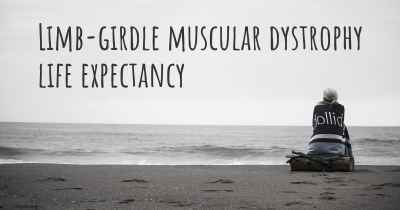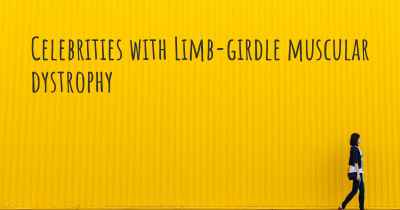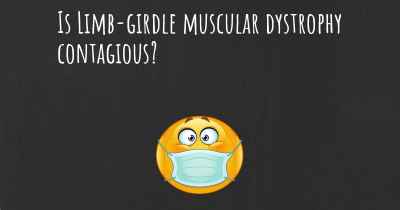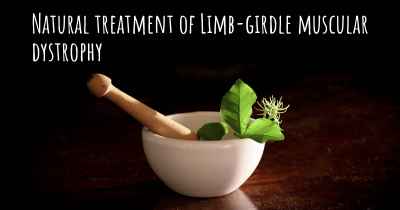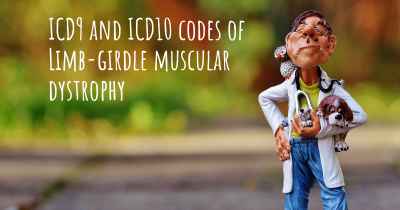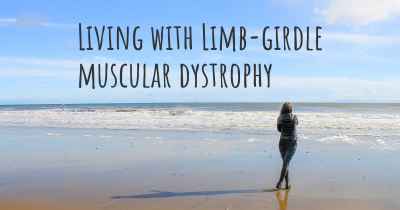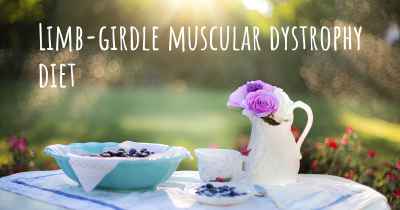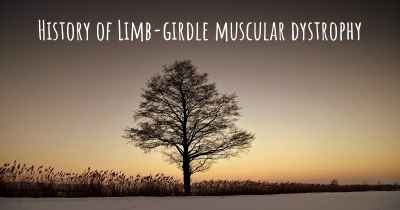Is Limb-girdle muscular dystrophy hereditary?
Here you can see if Limb-girdle muscular dystrophy can be hereditary. Do you have any genetic components? Does any member of your family have Limb-girdle muscular dystrophy or may be more predisposed to developing the condition?
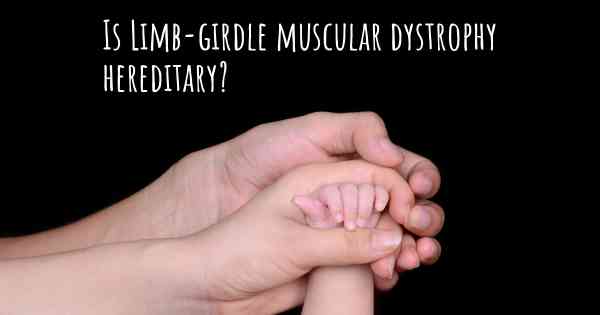
Limb-girdle muscular dystrophy (LGMD) is a hereditary condition that is passed down through families. It is caused by mutations in certain genes that affect the muscles used for movement. LGMD can be inherited in an autosomal recessive or autosomal dominant manner, meaning that it can be passed on from both parents or from just one parent. Genetic testing and counseling can help determine the specific inheritance pattern and provide guidance for affected individuals and their families.
Limb-girdle muscular dystrophy (LGMD) is a group of genetic disorders that primarily affect the muscles around the hips and shoulders. It is characterized by progressive muscle weakness and wasting, leading to difficulties in walking, climbing stairs, and performing everyday tasks. LGMD is a hereditary condition, meaning it is passed down from parents to their children through genetic mutations.
Genetic inheritance patterns:
LGMD can be inherited in different ways, depending on the specific genetic mutation involved. The two main inheritance patterns for LGMD are autosomal dominant and autosomal recessive.
1. Autosomal dominant inheritance:
In autosomal dominant LGMD, a person only needs to inherit one copy of the mutated gene from either parent to develop the condition. Each child of an affected individual has a 50% chance of inheriting the mutated gene and developing LGMD. This means that if one parent has autosomal dominant LGMD, there is a 50% chance that each of their children will also have the condition.
2. Autosomal recessive inheritance:
In autosomal recessive LGMD, an individual must inherit two copies of the mutated gene, one from each parent, to develop the condition. If both parents are carriers of the mutated gene but do not have LGMD themselves, each child has a 25% chance of inheriting two copies of the gene and developing LGMD. Carriers, who have one copy of the mutated gene, do not typically show symptoms of the condition but can pass it on to their children.
Genes associated with LGMD:
There are currently more than 30 known genes associated with LGMD, and each gene mutation can cause a specific subtype of the condition. Some of the most common genes involved in LGMD include:
- DYSF gene: Mutations in the DYSF gene are associated with LGMD type 2B, also known as Miyoshi myopathy. This subtype typically presents with muscle weakness and wasting in the lower limbs.
- SARCOG gene: Mutations in the SARCOG gene can cause LGMD type 2C, which is characterized by muscle weakness and wasting in the shoulder and pelvic girdle muscles.
- CAPN3 gene: Mutations in the CAPN3 gene are associated with LGMD type 2A, also known as calpainopathy. This subtype often presents with progressive muscle weakness and wasting in the pelvic and shoulder girdle muscles.
Diagnosis and genetic testing:
Diagnosing LGMD involves a combination of clinical evaluation, family history assessment, and genetic testing. A thorough physical examination, including assessment of muscle strength and function, is typically performed. The presence of muscle weakness and wasting in the limb-girdle area, along with a positive family history, raises suspicion for LGMD.
Genetic testing plays a crucial role in confirming the diagnosis and identifying the specific gene mutation responsible for LGMD. This can be done through various methods, such as targeted gene sequencing, whole-exome sequencing, or gene panel testing. Identifying the specific gene mutation can help determine the subtype of LGMD and provide valuable information for genetic counseling.
Genetic counseling and family planning:
Given the hereditary nature of LGMD, genetic counseling is highly recommended for individuals and families affected by the condition. Genetic counselors can provide information about the inheritance pattern, recurrence risks, and available testing options.
For families with a known LGMD mutation, prenatal testing and preimplantation genetic diagnosis (PGD) may be available options to determine the genetic status of a fetus or embryo. These options can help individuals and couples make informed decisions about family planning.
Conclusion:
Limb-girdle muscular dystrophy is a hereditary condition that can be inherited in an autosomal dominant or autosomal recessive manner. It is caused by mutations in various genes, each associated with a specific subtype of LGMD. Genetic testing plays a crucial role in confirming the diagnosis and identifying the specific gene mutation. Genetic counseling is important for affected individuals and families to understand the inheritance pattern and make informed decisions about family planning.
